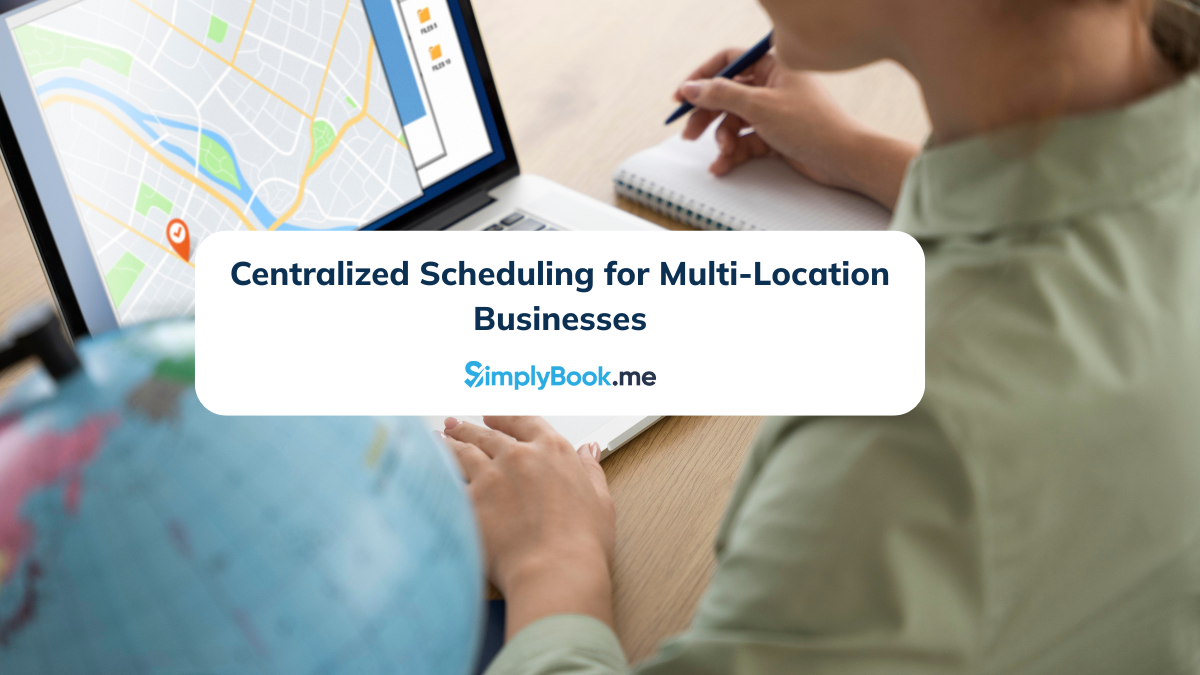4 Pros to Making Your Small Business Cashless

This post is also available in:
![]()
![]()
![]()
From little corner shop cafes to ice-cream vans, cash has for decades been the backbone of small businesses. It made sense as the ubiquitous method of payment, as everyone had it and everyone knew how to use it. However, in recent years consumer payment habits have changed dramatically.
In 2019, card payments accounted for 51% of all payments in the UK. Whereas cash payments decreased to represent only 23%. This is due to a range of factors. One of which is that the technology for cashless transactions has improved significantly in recent years. Becoming both more user friendly and more reliable. Another is that the infrastructure to support these methods of payment is now much more widespread. Meaning there is greater support to take on increasing demand.
Year on year, cashless payment methods have grown their share of the market. With more of us depending on cashless payments every year, it makes sense that some businesses are pondering a move to cashless only payments.
The decision can be a tricky one, similar in importance to choosing the best business phone service for your company or deciding on the month’s product range.
Nevertheless, if you are thinking of making the change, there are several benefits you might want to consider before making your mind up. The most convincing are illustrated below.
1. It saves time
With cash payments, a lot of time must be invested each day into maintaining accurate physical accounting records. Conducting your business in this way can lead to mistakes and a messy sales book. Not to mention taking time away from other projects aimed at growing your business.
Cashless payments, such as Apple Pay, register each payment accurately and store the data securely and instantaneously. This means less time spent working on the books and more time spent improving your business.
Cash transactions also take longer at the till than chip and pin or contactless. Using cashless technology means that you can conduct more transactions a day than with cash. This has a knock-on effect for your small business in generating more custom per day.
A faster and more convenient payment also translates to a better customer experience. This in turn encourages customer retention.
From using booking system software to pay for a night in a hotel, to paying for a magazine at your local newsagent, using cashless technology speeds up the process.
2. Increased security
As a cash trading enterprise, you will always be vulnerable to theft. Sadly, cash businesses are often targeted by thieves, as they know that the site may have hard currency within its walls. Even if cash is never left on site, thieves may still attempt to break in, potentially causing hundreds of pounds of damage.
Adopting an electronic payment only policy, will improve the safety of both the customers and your staff. It will also protect the business from petty cash theft.
Internal threats, such as staff cash theft (which in 2018 cost UK business £190 million), are also eliminated, as physical currency will no longer exist on site.
Another risk to consider is the one created by Covid-19. Businesses and their staff are far safer using cashless payment in comparison to notes and coins. This is because petty cash needs to be handled by both parties involved in the transaction. Therefore increasing the risk of transmission. Contactless on the other hand is just that, contactless, thus reducing the risk of infection.
Finally, businesses using only cashless payment are less susceptible to fraud. One of the chief issues with cash is that the circulation of counterfeit money makes fraudulent payments a constant worry for small businesses. Card payment security, although not 100% perfect, is always being updated in a dynamic attempt to prevent fraud.
The ability to make secure payments through a trusted organisation also gives customers more peace of mind and encourages loyalty.
Some cashless payment methods even use AI to make sure that their services are as robust as possible in terms of their ability to fight IT problems in real time.
3. Access to data
All electronic payments, from Visa to Stripe, come with an electronic record and some form of data analysis software. Analysis software packages such as those used by these companies use data quality software tools to prep data from transactions to be analyzed quickly. This quick logging and retrieval of data means companies have far more options when looking into the key numerical indicators of their enterprise.
For example, most electronic platforms provide daily transaction graphs. These display the peaks and troughs of transaction periods for each day. From this analysis, businesses can adapt their staffing, their products, and processes to match the requirements highlighted by the technology. In this way, companies can, for example, analyse the success of a new video marketing campaign. Or just as easily, cut costs by identifying low-income hours and tweak staffing appropriately.
This level of analytical detail can even inform such minutiae as email etiquette. That’s as you will be able to draw correlations between certain email campaigns and the number of transactions registered in the same time period.
Other insights that can be drawn from this data include customer purchasing habits and customer product and service preferences. The business evaluation platforms that come with most cashless payment systems generate a far clearer picture of the performance of your business. And, therefore, are much better at highlighting areas of improvement.
For instance, identifying the level of customer engagement through all your sales channels is easier to understand if you can see where and when customers spend their money.
4. Encourages greater customer spending
It is well established that customers spend more money when they only have card payments available to them. This is in part due to a few psychological differences in the payment methods. One is that the feeling of loss is reduced when paying with a card. As no physical representation of currency is registered as leaving the customer when they pay.
Another is that with cash, customers can see the finite limit to their wealth at any one time. However, with electronic payments, this amount is not visible. This leads customers to believe that they have greater access to larger quantities of money.
Because spending on a card—especially using contactless—is also easy, customers are more likely to spend than they are with cumbersome cash. This is what is called ‘friction-free spending’ and has revolutionised the payment habits of customers.
This potentially means that businesses could generate more sales by switching to cashless only payment.
Wrapping up
There is a strong case for converting your business into a cashless enterprise. However, not all businesses will be suited ideally for this change. It is important to consider the compatibility of your business, as well as the payment methods that your customers prefer to use.
Only when these factors are considered, will you be able to make a logical choice for the financial future of your small business.
Guest Author Bio: Richard Conn – RingCentral US

Richard is the Senior Director, Search Marketing for RingCentral, a global leader in unified communications and virtual business phone system provider. He is passionate about connecting businesses and customers and has experience working with Fortune 500 companies such as Google, Experian, Target, Nordstrom, Kayak, Hilton, and Kia. Richard has written for sites such as Rightinbox and Marketscale.


Comments
0 commentsNo comments yet